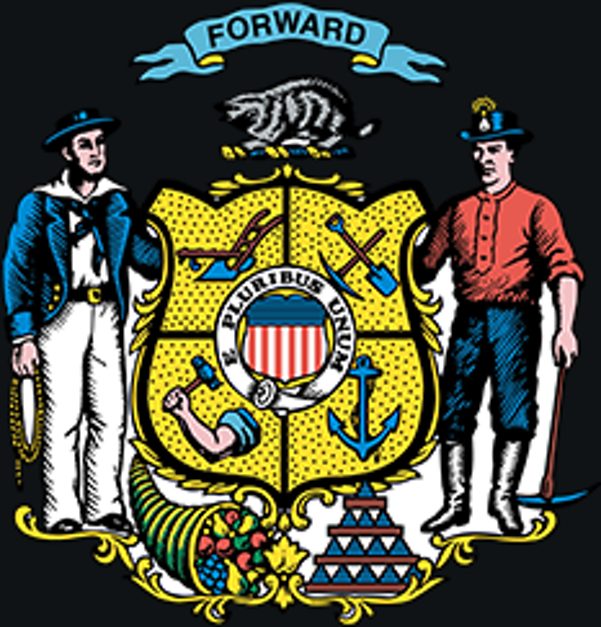In a recent column, Tech Council President Tom Still says this approach to electricity transmission has several benefits such as making room for new broadband infrastructure, improving electricity grid resiliency and adding capacity for “moving large amounts of wind and solar power.”
“Higher construction cost is a likely barrier, but the time saved by not routing overhead lines through natural or populated areas could make up the difference,” Still wrote in the InsideWis column. “Why spend years fighting public opposition if there is a chance to use existing rights-of- way with fewer delays?”
Advocates discussed the opportunities and hurdles presented by this idea during a recent Wisconsin Technology Council event in Madison.
Click here to see coverage on the discussion and click here to read the full column.


